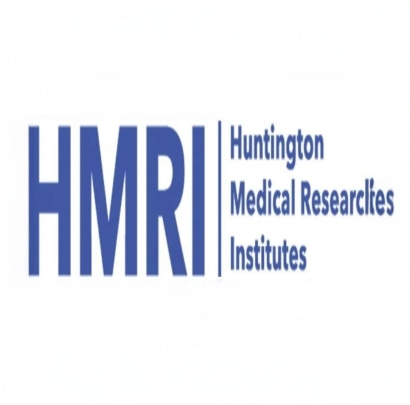
July 23 from 10 am to 2 pm | Science Day
WEDNESDAY, JULY 23 | 10 am - 2 pm HMRI'S ANNUAL SCIENCE DAY Click here to register. Celebrating 70 Years of Scienc…

WEDNESDAY, JULY 23 | 10 am - 2 pm HMRI'S ANNUAL SCIENCE DAY Click here to register. Celebrating 70 Years of Scienc…

Register for the Neurocardiovascular Seminar Series Wednesday,October 1 at 3 pm | Presented by Keith Vossel, MD, MSc of…

Astrid M. Suchy-Dicey, PhD, chair and
scientific director of Clinical and Translational Neuroscience and principal…

The abstract, Endothelial GABAA Receptor Signaling Modulates Postnatal Brain Development, from the Angiogenesis and Brai…

Alfred N. Fonteh, PhD, head of the Biomarker Neuro-disease Mechanism Laboratory and Joby Jose, PhD, postdoctoral researc…

Robert A. Kloner, MD, PhD,HMRI's chief science officer and chair of Cardiovascular Research, and professor medicine (cli…

HMRI Clinical and Translational Neuroscientist, Alfred N. Fonteh, PhD was published in Alzheimer's & Dementia: The J…

HMRI's Chief Science Officer and Chair of Cardiovascular Research, Robert A. Kloner, MD, PhD was published in Mayo Clini…

President and CEO, Julia E. Bradsher, PhD, MBA moderated a panel discussion as part of HMRI's Annual Science Day on July…

President and CEO, Julia E. Bradsher, PhD, MBA moderated a panel discussion on November 6, 2024 highlighting current tre…

Register for the Neurocardiovascular Seminar Series Wednesday,October 1 at 3 pm | Presented by Keith Vossel, MD, MSc of…

ABOUT THE SPEAKER: The Biomarkers Neuro-Disease Mechanism Lab (BNML) is led by Alfred Fonteh, PhD, who has investigated…

Astrid M. Suchy-Dicey, PhD, chair and scientific director of Clinical and Translational Neuroscience and principal inves…

Abdulhakim Al-Ezzi, PhD, postdoctoral research scholar of Cognition and Brain Integration Laboratory presented the Bob M…

July 23, 2025 HMRI scientists and the 2025 cohort of students present their research to the public. Details Coming Soon